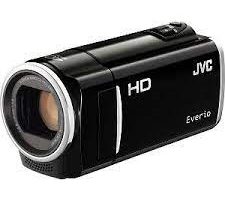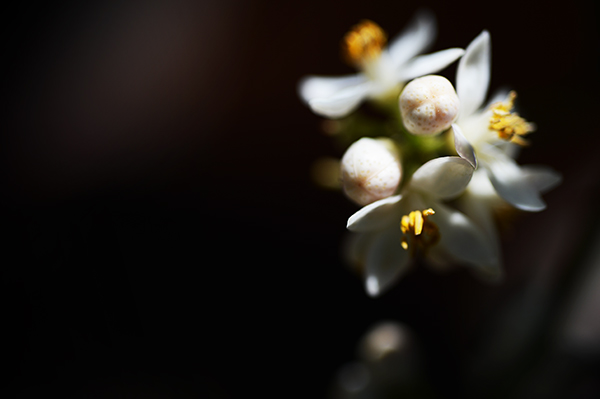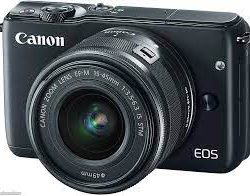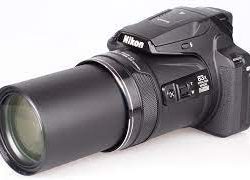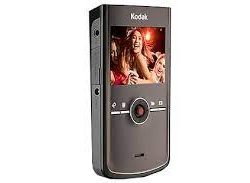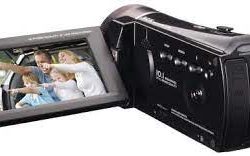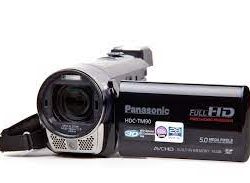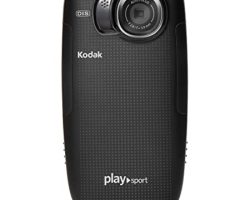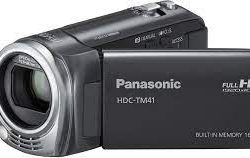
Panasonic HDC-TM41H Overview
The Panasonic HDC-TM41H is a high definition camcorder that records 1920 x 1080 video in the AVCHD format. It represents the entry-level of Panasonic’s high definition camcorder line-up with a retail price of $399.
Panasonic HDC-TM41 Video Features
Video is recorded at a maximum resolution of 1920 x 1080 at a bit-rate of 17Mbps in the AVCHD format. It uses a 1.5-megapixel 1/5.8-inch CMOS image sensor. Video can also be recorded at lower bit-rates (13Mbps, 9Mbps, 5Mbps) or in the iFrame format of 960 x 540 at 28Mbps. Still photos are recorded at 2-megapixels, which is fairly low-resolution as far as images go. It’s enough to email, but not to print.
The HDC-TM41H features Panasonic’s “Intelligent Auto” (iAuto) mode for automatically matching scene modes to shooting environments.
You’ll also have a choice of several scene modes including sports, portrait, low light, spot light, snow, beach, sunset, fireworks, scenery, night scenery and night portrait (for still images only) and a “soft skin” mode for minimizing blemishes when filming people.
Audio is recorded through a 2-channel stereo microphone in Dolby Digital. Audio can also be recorded in the ACC format when filming in the aforementioned iFrame video format.
TM 41 Optical Features
You’ll find a 16.8x optical zoom lens (42.9 x 721mm, 35mm equivalent) on the Panasonic HDC-TM41H. It uses Panasonic’s Power Optical Image Stabilization for keeping your footage relatively shake-free. In “active mode” the image stabilization can compensate at wide-angles.
You have the option for both automatic and manual focus on the TM41H. There’s also a digital zoom to boost magnification out to 1200x – though a digital zoom should be used sparingly, if at all.
Memory and Display
Video footage is recorded directly to 16GB of internal flash memory.
There is also a slot for SDXC memory cards for adding additional recording capacity.
You’ll frame your recordings on a 2.7-inch LCD display. There is no viewfinder.
Design
Thanks to its use of flash memory, the TM41 is very light weight (indeed, it’s the lightest model in the company’s lineup as of this writing). Without the battery it weighs just .37 pounds and measures in at 2.03 x 2.26 x 4.27 inches. It’s a traditional, barrel-style form factor with a zoom lever and shutter button on the top of the camcorder. Pop open the display and you’ll find buttons for switching between iAuto and manual shooting and activating image stabilization, among others.
Aesthetically, the TM41 isn’t much of a head-turner. It’s only available in black.
Shooting Features
You will have some degree of control over your video when shooting with the HDC-TM41. You’ll be able to automatically white balance the camcorder, in addition to manually adjusting the iris. The shutter is automatic. There is a tele-macro mode available too for focusing on objects up to 50cm away. When the lights go down, you can avail yourself to the built-in LED video light to give you some additional illumination. There is no flash, however, for aiding in still photography. Overall a fairly scant feature-set, but that’s to be expected given the price.
Connectivity
The Panasonic HDC-TM41 offers a built-in HDMI output for connecting the camera. You can also connect to a PC via USB cable.
Impression
For those looking for a low-cost camcorder that delivers better video quality than a pocket camcorder with a few extra controls (manual focus, manual iris control and white balance) with a much better zoom lens, the Panasonic HDC-TM41 is definitely worth a look. It’s small design and light weight build ensure it can be carried anywhere without being a burden. It won’t pack the same kind of feature-punch as higher-end models, but if you need a basic, no frills camcorder, give the TM41H a closer look.

